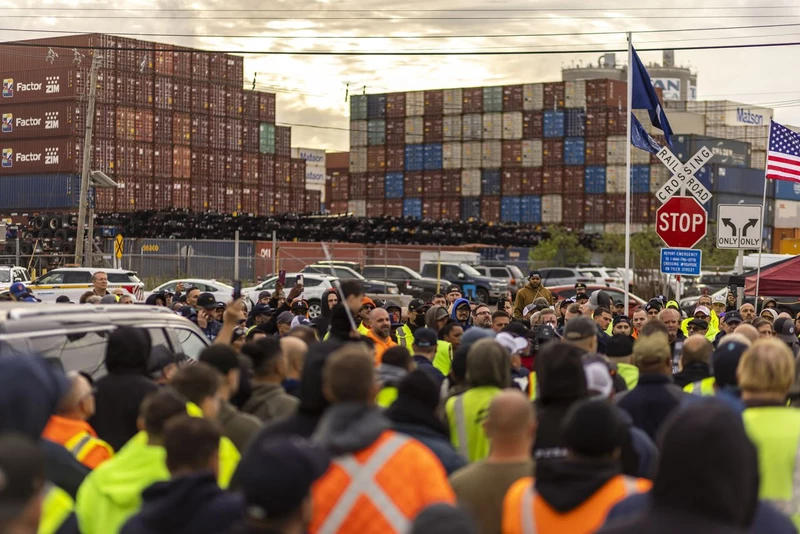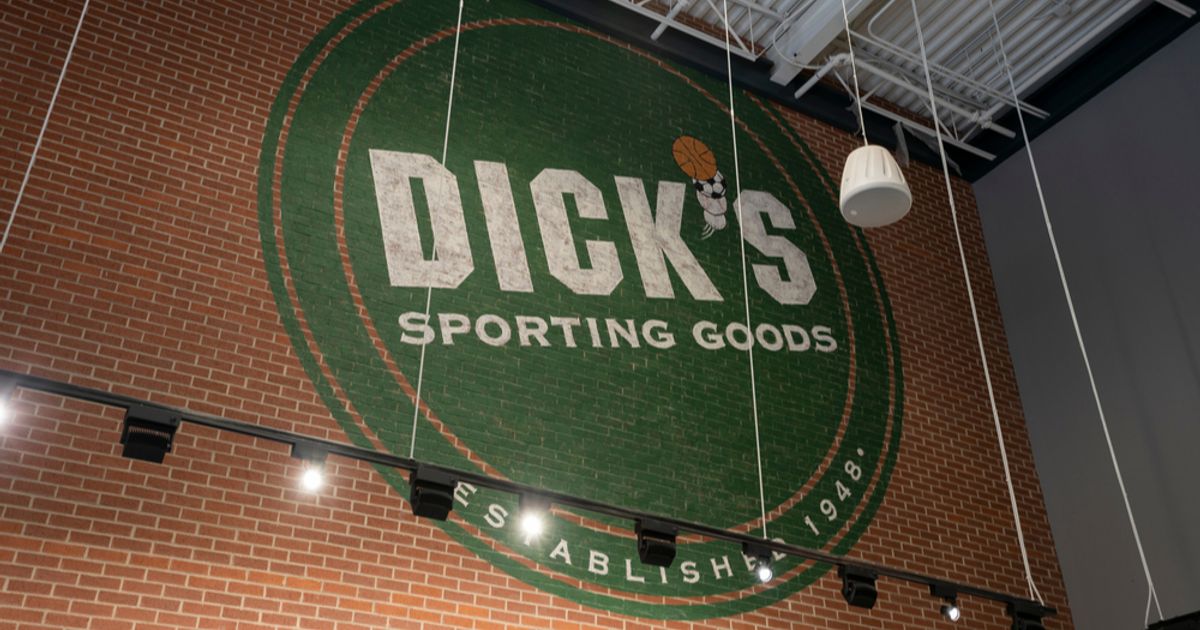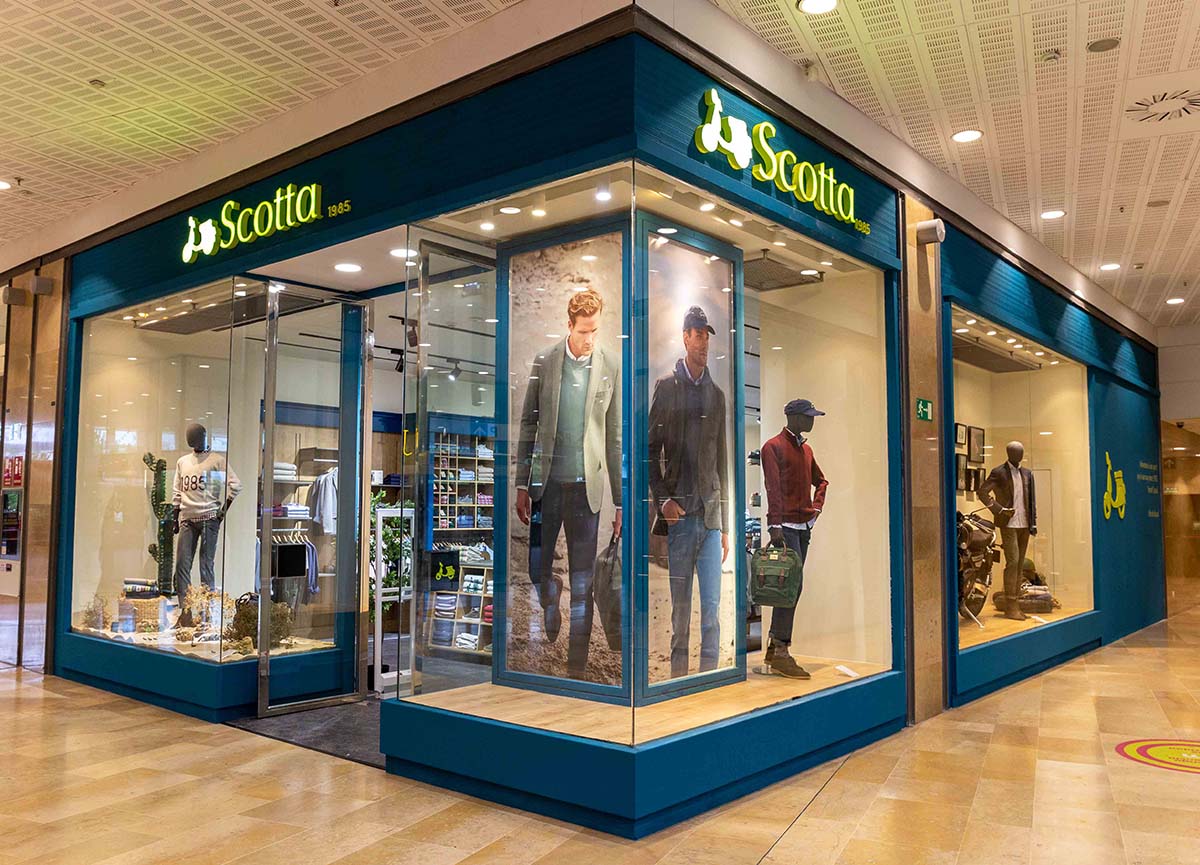Fashnopsis:
- US Port strike hits fashion: The US port strike affects fashion supply chains.
- Impact varies: Impact of the strike varies by product category.
- Brands adapt: Brands stockpile, reroute, and seek alternatives.
- Government intervention: Industry groups urge government action.
- Long-term planning: Brands need resilient supply chains.
The fashion industry is facing a potential disruption with the first major US port strike on the East Coast in nearly 50 years. While the long-term impact remains unclear, the immediate concern is for shipments currently stuck at busy ports from New York to Houston.
Uneven Impact Across Categories
While over 50% of apparel, footwear, and accessories enter the US through East Coast ports, the impact varies by category. Athletic footwear, primarily made in Asia, enters via West Coast ports, minimizing disruption. However, more than 50% of leather handbags, often produced in Europe, are heavily reliant on East Coast entry points, leading to potential stock shortages.
Brands Prepare: Stockpiling and Rerouting
Anticipating the strike, some fashion brands have taken proactive measures. These include stockpiling key products and rerouting shipments to West Coast ports. However, these strategies offer a temporary solution, as West Coast ports could become congested with rerouted containers.
Negotiations and the Holiday Season
The International Longshoremen’s Association (ILA) is seeking a 62% wage increase over six years, down from their initial demand of 77%. The US Maritime Alliance has countered with a 50% increase. A swift resolution is crucial, especially considering the upcoming holiday season, a peak sales period for retailers.
Building Supply Chain Resilience
Retailers are urged to use this disruption as an opportunity to build long-term resilience against supply chain vulnerabilities. This could involve diversifying import locations, exploring nearshoring (manufacturing closer to home), and strengthening relationships with suppliers.
Focus on Domestic Manufacturing
Brands that have invested in domestic manufacturing, like womenswear startup Leset, are less impacted by the strike. This highlights the potential benefits of onshoring or nearshoring production for a more stable supply chain.
Industry Calls for Government Intervention
Industry trade groups like the National Retail Federation are urging the Biden administration to intervene and ensure a swift resolution to the strike. This would minimize economic losses and restore cargo flow through these vital ports.
Conclusion
The East Coast port strike poses a challenge for the fashion industry, particularly for brands reliant on East Coast imports. While short-term solutions exist, the industry needs to focus on long-term strategies to mitigate future disruptions. This could involve diversifying import locations, exploring nearshoring, and building stronger supplier relationships.
Image Source: BBC



